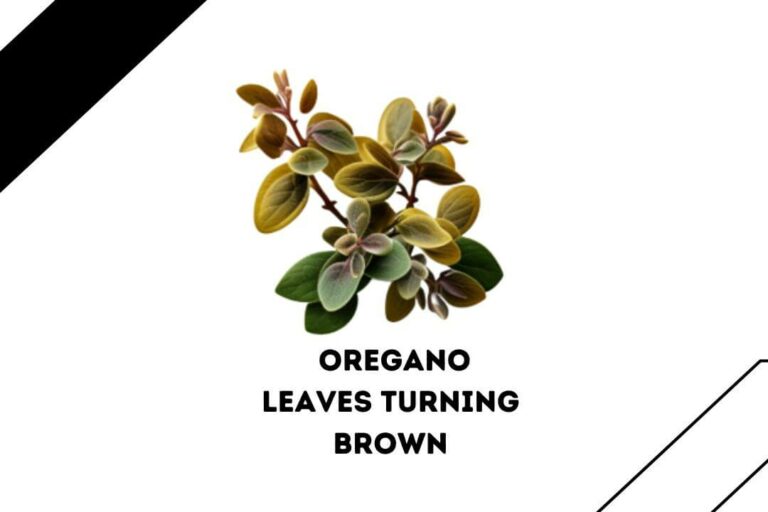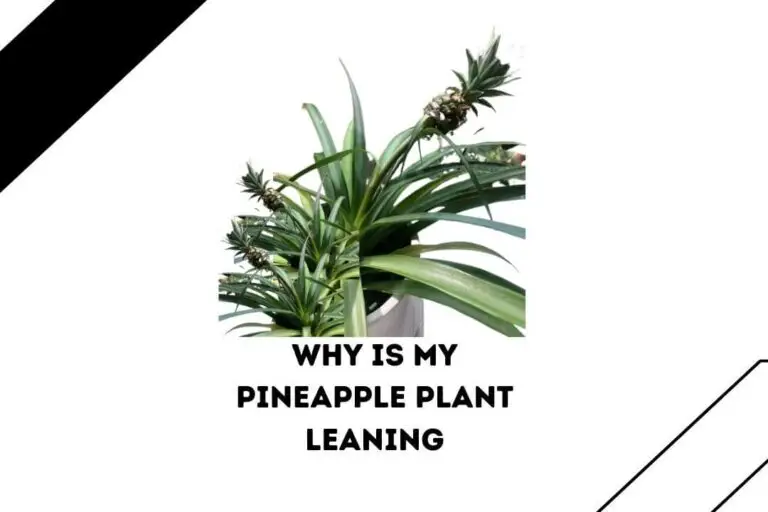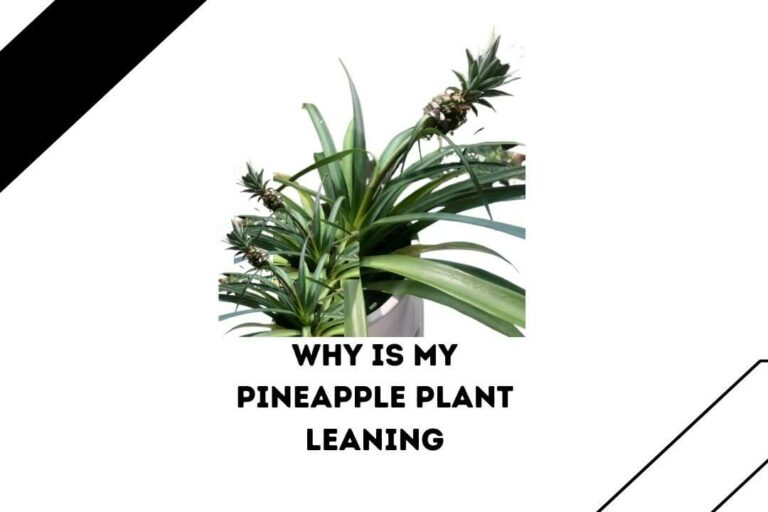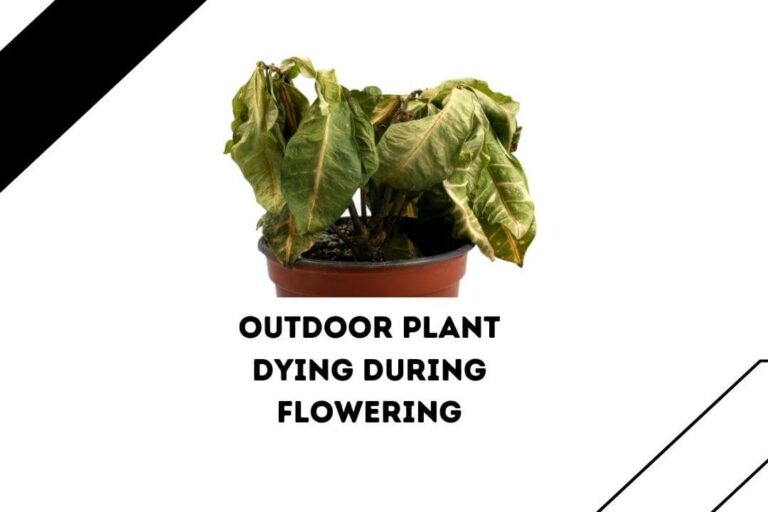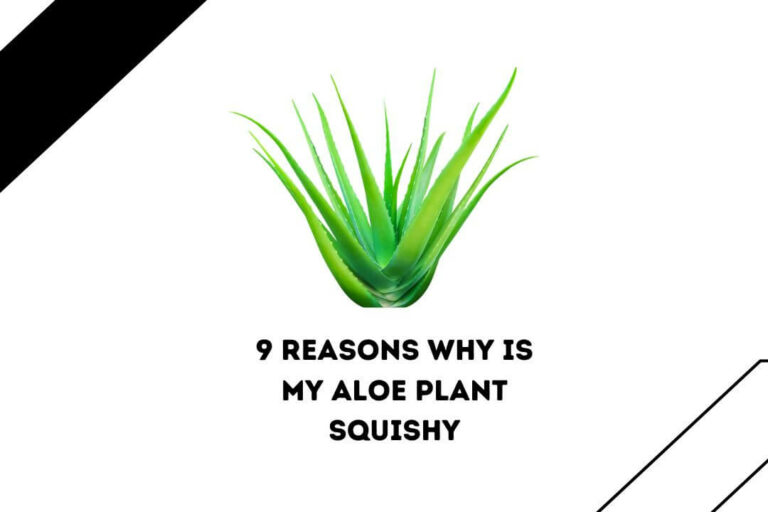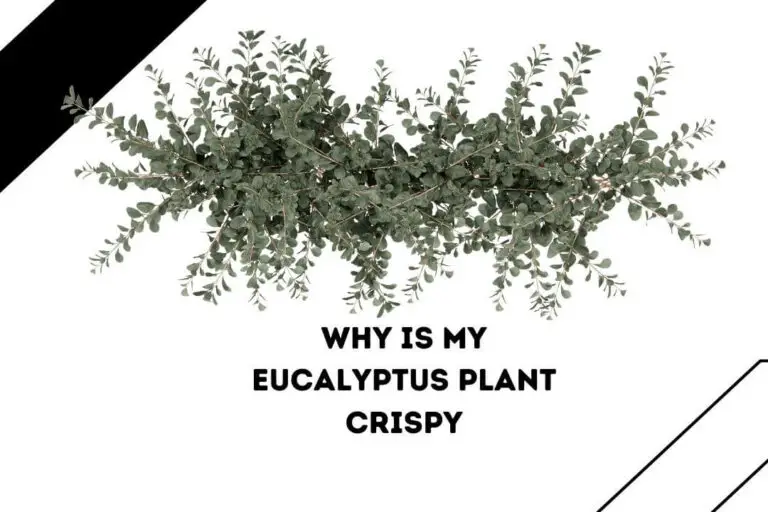Many ask ‘Why Are All My Plants Dying At The Same Time.’ If you are one of them and wondering ‘why all my indoor plants are dying,’ you’re in the right article. I will answer your question: why do all my plants tie, and what can you do about it?
It can be very concerning and overwhelming for people to see their hard work suddenly drowned out. Nobody likes to see their plants dying, especially all of them failing to survive when they have put so much effort and hard work into it. Therefore, let’s look at nine reasons why plants die simultaneously, along with solutions.
Why Are All My Plants Dying At The Same Time
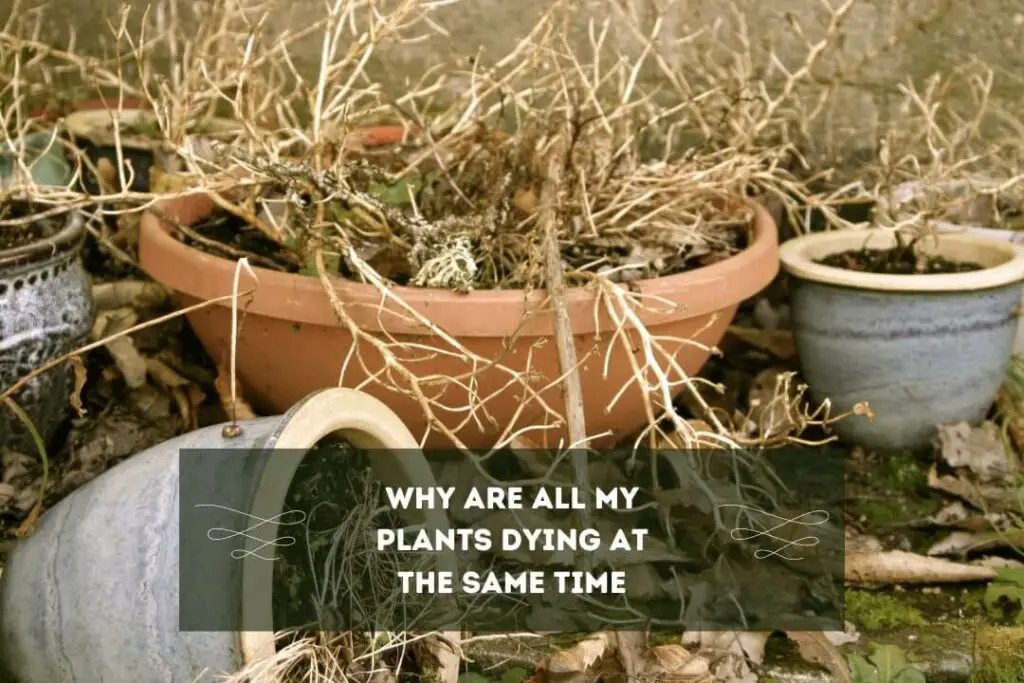
Environmental Factors
Environmental factors such as temperature, humidity, and light can significantly impact your plant’s growth and survival. If your plants are not getting the right balance of these factors, they may struggle to thrive and eventually die.
For example, if your plants get too much direct sunlight, they may become scorched and wilted. On the other hand, if your plants are not getting enough light, they may become leggy and weak. Besides all this, if your home’s temperature or humidity levels are too extreme, this can also harm your plants.
If you want to know what environmental factor is causing all your plants to die, look at the conditions they are growing in. Make sure all your plants are getting enough right flight temperature and a suitable humidity level according to the variety or type of plant you are growing.
It is also necessary to make adjustments to improve the growing conditions that can help to save your plants. You can use a hygrometer to measure the humidity in your home and adjust it as needed. You can also use a thermometer to measure the temperature and ensure it’s within a suitable range for your plants.
Chemical Damage
Another possible cause of mass plant death is chemical exposure, like herbicides and pesticides. I have repeatedly said in my articles to use natural and organic methods to eliminate fungal growth and pest infestations.
Since chemicals can have harmful effects on plants, leading to their death. The substances in herbicides and pesticides can drastically affect the growth and development of plants, leading to stunted growth or even death.
Furthermore, these chemicals can also contaminate your plant’s soil, making it difficult for them to grow and thrive. As per the University of Minnesota Extension, chemical damage usually occur when you apply herbicide or pesticide too close to plants at the wrong time or in the wrong amount.
If you have recently used a herbicide to kill weeds in a garden bed, it can lead to unintended consequences. This is why we always say to follow the manufacturer’s instructions carefully and apply chemicals carefully with proper precautions that can help avoid any damage to your plants.
Steps to identify chemical damage
- First, you need to check for signs of chemical exposure like wilting, yellowing, or browning of leaves; if there are, you got the culprit.
- You should further Investigate if any chemicals were recently applied to the area.
- Consult with a professional to identify the specific chemical and its effects on the type of plants you’re trying to grow.
Overwatering or Underwatering
Overwatering or underwatering your plants can also cause them to die. When you water your plants too often, their roots become waterlogged and begin to rot. On the other hand, when plants are underwater, they may not get enough water to survive.
Check the soil moisture level if you want to understand whether overwatering or underwatering is causing your plants to die. If the soil is constantly wet, this could indicate overwatering. If the issue is waterlogging, consider reading Our article ‘how to fix waterlogged potted plants’ if fix the problem at hand
If the soil is consistently dry, this could mean underwatering. If over-watering is the cause, you must reduce the watering frequency and ensure the ground has proper drainage. Alternatively, to fix underwater, you need to increase the watering frequency and ensure that the earth can retain moisture.
Related Article: How to Water Plants with Sand on Top of Soil?
Inappropriate Plant Placement
Another possible reason for mass plant death is inappropriate plant placement. Every plant has specific requirements for sunlight, soil type, and moisture; if you don’t provide these needs properly, your plants will fail to thrive or die.
For instance, if you’re planting a shade-loving plant in a sunny area, it can lead to leaf scorch or death. I’m adding that; improper plant placement can also lead to overcrowding, which can cause root competition and hinder the growth of your plants. You must consider each plant’s growth habits and give them adequate space to grow & thrive.
Soil Quality and Nutrient Deficiencies
One of the other reasons for mass plants dying can also be related to poor soil quality and nutrient deficiencies. You must know that soil quality can be affected by factors like compaction, acidity, and Lack of organic matter.
When your soil is compacted, it becomes difficult for your plant roots to penetrate the soil and absorb nutrients. Similarly, if the soil is too acidic, it can inhibit the uptake of nutrients by the plant.
Sometimes, a Lack of organic matter also leads to poor soil quality. Not treating the nutrient deficiency correctly will lead to problems like stunted growth, yellowing leaves, and death.
Almost all kinds of Plants need nutrients like nitrogen, phosphorus, magnesium, and potassium to thrive. If any of these nutrients are lacking, your plant’s growth will be hindered, eventually leading to death.
First, I recommend you test your soil’s pH level using a soil test kit. As per the rule of thumb, a pH level between 6.0 and 7.0 is optimal for most plants. After determining what nutrients your plant’s soil lacks or needs, add some soil amendment liKS compost or aged manure to improve its quality and provide essential nutrients.
Pests and Diseases
Another reason your plants may be dying could be due to pests & diseases. Many problems, like aphids, mealybugs, and spider mites, drastically damage plants by sucking the sap out of leaves and stems.
In addition, a few pests are known to spread and reproduce very quickly in no time if left unchecked. If you ignore pest infestation, it can get severe, leading to all plants dying at the same time. Similarly, a few diseases like root rot, powdery mildew, and blight can cause your plant’s leaves to wither and eventually kill the plant.
First, I recommend carefully inspect all your plants for signs of pest infestation, like small insects, discolored leaves, and sticky residue. If you find any, you must use a natural method like neem oil or insecticidal soap to eliminate pest infestations.
If the condition is serious or the infestation is severe, you must apply pesticides but follow the recommended guidelines and manufacturing recommendations.
On the other hand, if you think your plant is suffering from disease, you should look for signs of conditions like mold, fungus, or spots on leaves. If this is the case, you will have to first current time the affected plant and then treat it with the right type of solution or herbicide.
Root Bound Plants
Lastly, another potential reason why all your plants might be dying is due to being root-bound. I hope you already know about root-bound plants. If you don’t, root-bound plants are those whose hearts have grown so tightly around the root ball that they have nowhere to grow, leading to stunted growth and death.
This usually occurs when you leave plants in their containers for too long without repotting. This may also happen if you have kept most of your plant in a small container restricting their proper growth and spread of roots.
When plants are root-bound, the roots become overcrowded and can’t absorb enough water and nutrients, causing the plant to wilt and eventually die. In significant cases, this condition forces plants to grow roots in circles, further constricting their growth and making them more susceptible to disease.
So I will first recommend you check if the roots are growing out of the bottom of the container or if the soil is tightly packed around the root ball. Alternatively, you can gently remove your plant from its container and inspect the roots.
It is time to report that plant if the sources are tightly packed and growing in circles. Thus, it would be best to have a container that is only slightly larger than the current one to avoid the plant becoming overpotted.
According to a study published by the University of Georgia, repotting root-bound plants can significantly improve their growth and overall health. Plus, It’s recommended to repot plants every one to two years or when the roots start to outgrow the container.
Why All My Indoor Plants Are Dying?
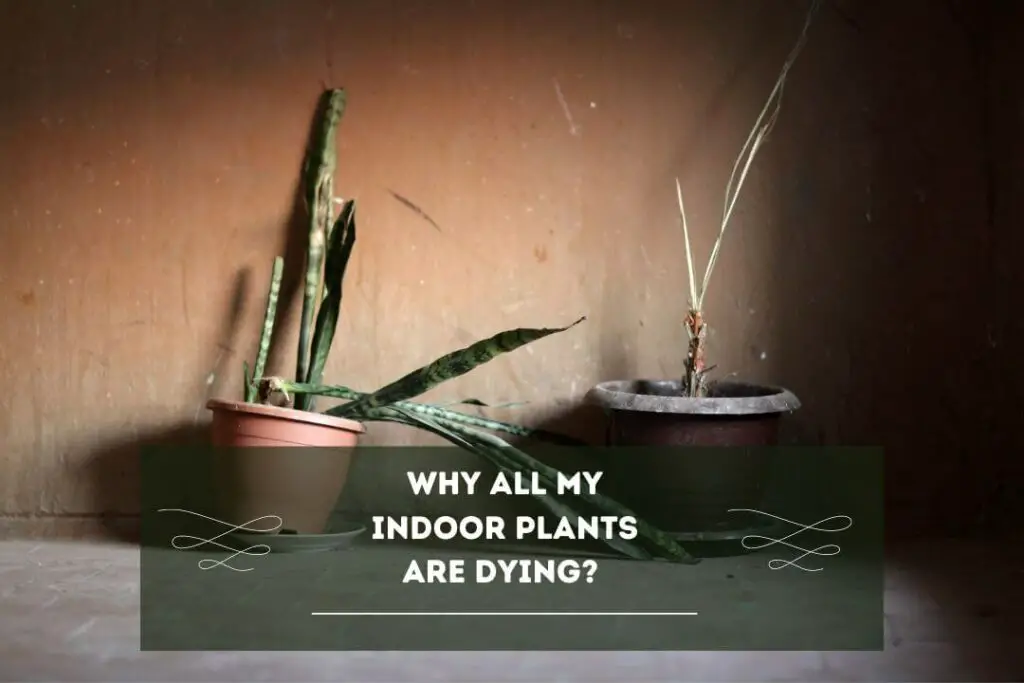
| Reason | Treatment | Prevention |
| 1. Overwatering | Allow soil to dry before watering | Use a moisture meter or stick to check soil dampness |
| 2. Underwatering | Water when the ground feels dry | Develop a regular watering schedule |
| 3. Lack of sunlight | Provide sufficient natural or grow light | Choose plants that thrive in low-light conditions |
| 4. Temperature extremes | Keep plants in stable temperature areas | Avoid drafty areas or heating/cooling vents |
| 5. Lack of nutrients | Fertilize regularly according to plant needs | Use a balanced fertilizer and avoid over-fertilization |
| 6. Root rot | Remove affected roots and repot in fresh soil | Ensure proper drainage and prevent overwatering |
| 7. Pest infestation | Treat with appropriate insecticides or natural remedies | Regularly inspect plants for signs of pests |
| 8. Chemical exposure | Move the plant to a new area with fresh air | Avoid exposing plants to chemicals or pollutants |
| 9. Transplant shock | Provide adequate water and care after transplanting | Gradually acclimate plants to a new environment |
Conclusion
I hope you got your proper answer: why are all of my plants dying? You are not alone in asking: why do all my plants die? Many people have frequently raised this question, in most cases, beginners or starting people.
After reading this article, I hope you can sort it out and grow your plant successfully next time. If you are still struggling with your plant’s survival, never consult a professional or horticulturist.
They are best at diagnosing and treating the problem while helping you understand the proper care & management instructions you need to follow to keep it thriving as long as possible.
If you find this article where I have shared seven reasons ‘why all my plants are dying simultaneously,’ consider sharing it. Your share will help many people learn about the cause of plants dying out suddenly and what they can do about it.
Who knows, your one share can help many people answer their question: why all my indoor plants are dying? Do check our other helpful guide on plant care and management. See you in the next post, till then, take care & goodbye.

